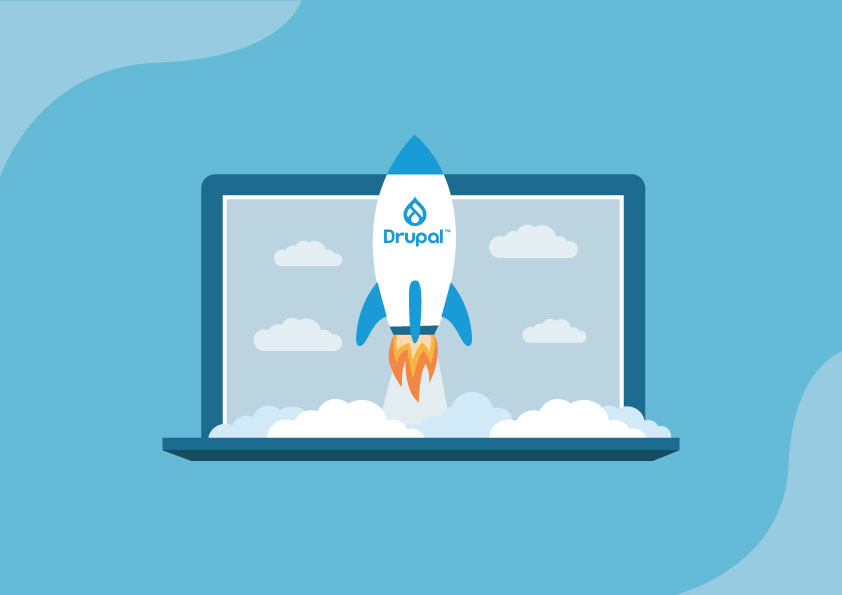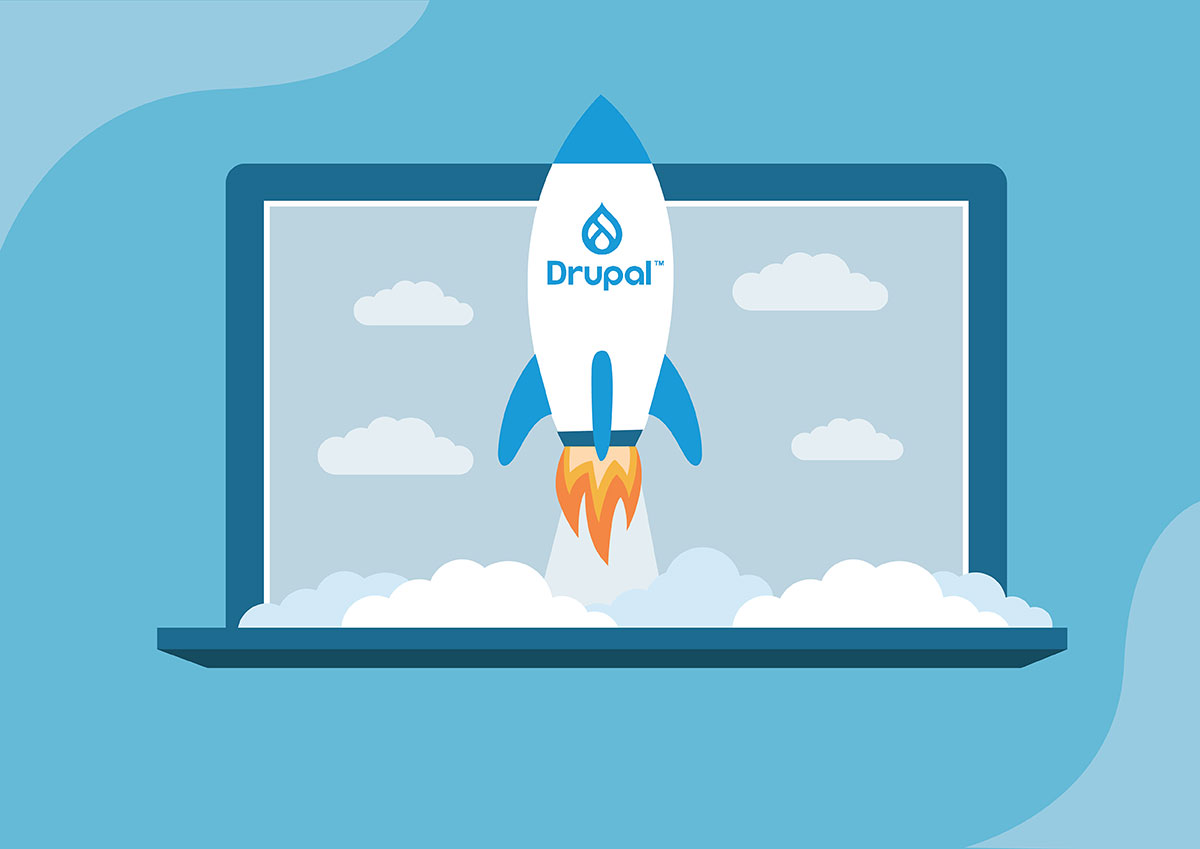STIX NEWS
17.12.2021
Drupal 8 is officially “dead” – Long live Drupal 9?

Drupal is maybe the most sophisticated Open-Source CMS (Content Management System) and surely one of the most popular. Here at LUV, we have been dealing with this CMS for many years, especially after the major change that took place when Drupal 8 was launched, where a completely different framework (based on Symfony 3) was used to support the functionality of this CMS (we have also been using Symfony PHP framework for a long time).
Drupal 8 stopped being supported recently, on the 2nd of November, 2021. This happened because its base framework, Symfony 3, also reached its end-of-life on the same date. But what does this mean for all the websites that were built and are currently working on Drupal 8? Is the upgrade mandatory? Is it easy or costly?

Fact is that no new features will be added to Drupal 8, nor will minor releases be made available. The latter is very important when it comes to security. All open-source CMSs are in constant need of updating because their code is public, so hackers find vulnerabilities in it from time to time and try to exploit them. Updates make sure that any “hole” in the code that has been spotted is closed securely. Lack of updates means that all Drupal 8 websites may be vulnerable to hackers very soon. So, upgrading sounds mandatory…
How easy is it to upgrade though? Well, that depends on the number of customisations and the number of contributed modules and/or bespoke code already residing on the website. Deprecations must be checked first to determine whether important functionality is not supported any more. This article shown here helps to do that. In essence, the upgrade may be easy, if the website is simple and recently build. For more complex or older websites, the upgrade may be a task of days or even weeks.
Here at STIX we have already started migrating our clients’ Drupal 8 websites to Drupal 9 and we’ll be happy to discuss your Drupal migration process, so drop us a line here.